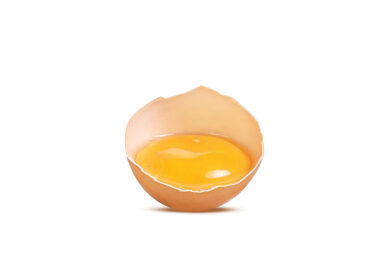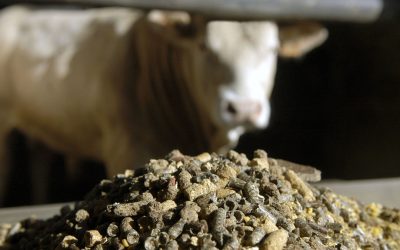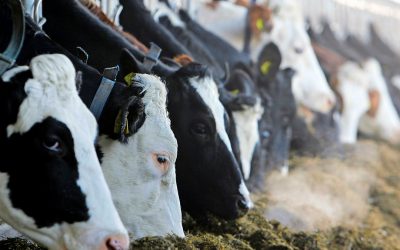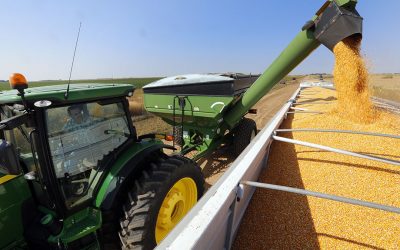Vietnam still heavily relies on feed imports
It is estimated that in the first four months of 2010, Vietnam spent $813 million to import animal feed and materials, including products that can be (and are) made domestically.
Since Vietnam is relying so heavily on imports, the production cost of animal feed is 10-15% higher than in other regional countries.
According to the General Department of Customs, the total value of animal feed and materials imports in the first quarter of 2010 was $613 million, an increase of 133.2% over the same period of 2009 and the highest-ever import revenue.
The Ministry of Agriculture and Rural Development reported that the import revenue of animal feed and materials in April 2010 was $200 million.
Vietnam must import 80-90% of the total demand for soybean cakes and fish meal and 30-35% of maize and bran.
Paradox
The paradox is that Vietnam, an agricultural country producing 35 million tonnes of rice every year, exporting $4.5 billion in seafood and possessing millions of hectares of soybean and maize, must spend billions of dollars to import materials for animal feed.
In 2009, Vietnam spent $2.1 billion to import animal feed and materials, including over one billion dollars to import soybean cakes, over $300 million to purchase maize and $280 million to purchase fish and meat meal, things that can be made domestically.
According to Le Ba Lich, Chair of the Vietnam Animal Feed Association, every year, Vietnam imports some 2-2.5 million tonnes of soybean cakes worth $1 billion, one million tonnes of maize and 2.5-3 million tonnes of rice bran.
Lich said that it is reasonable for Vietnam to import some materials that it still cannot produce domestically, like minerals and vitamins.
The problem is that the country also imports materials that can be made domestically as well. “Vietnam lacks a reasonable investment strategy on developing production of animal feed materials,” Lich said.
Excess production, still importing
According to the association chair, Vietnam now has one million hectares of maize producing four million tonnes a year. Of this amount, 500,000-800,000 tons are used as food for humans and for making ethanol and one million tons are for domestic husbandry.
This means that 2.2 million tons can be used to produce animal feed and yet Vietnam still imports 800,000-1 million tons of maize each year. Meanwhile, Vietnam does not have soybeans to make animal feed.
According to Hoang Kim Giao from the Ministry of Agriculture and Rural Development, domestic husbandry has been developing well in recent years, so animal feed materials have not developed accordingly. Giao estimated that Vietnam will still have to rely on imports until at least 2020.
“By 2020, Vietnam will need 15 million tons in animal feed, so the country will have to import some 50% of the materials,” Giao added.
Join 26,000+ subscribers
Subscribe to our newsletter to stay updated about all the need-to-know content in the feed sector, three times a week. Beheer
Beheer









 WP Admin
WP Admin  Bewerk bericht
Bewerk bericht